Duke-NUS Behavioral Phenotyping Core Facility
Introduction
Transgenic mouse models are useful tools to study the pathophysiology of human diseases. In combination with pharmacological treatments, mouse behavioral phenotyping becomes increasingly important. The Duke-NUS Behavioral Phenotyping Core Facility was established to provide investigators with the expertise and equipment to perform behavioral phenotyping of various mouse models. This facility has the capacity to analyze mouse models that recapitulate certain symptoms in neurological, neurodegenerative and psychiatric disorders using a wide variety of behavioral paradigms, including assays for sensory and motor abilities, cognitive function, and depressive and anxiety behaviors. We provide training for researchers to carry out behavioural testing on their own, advice on study feasibility, experimental design and execution, and data analysis and interpretation. As such, we encourage investigators, from within Duke-NUS and the external research communities, who are interested in using the facility to contact us.
Contact Information
Dr Wong Peiyan, Ph.D. | Assistant Professor, Neuroscience & Behavioural Disorders Program | gmswpy@nus.edu.sg
Location
Vivarium, Duke-NUS Medical Research School, 8 College Road, Singapore 169857
Equipment
The behavioral equipment that are available include locomotor activity boxes, treadmill, runway, balance beam, rotarod, grip strength meter, zero maze, light/dark boxes, Y-maze, object test chambers, tail suspension chambers, contextual and cued fear conditioning, startle sensitivity / prepulse inhibition chambers and a 3-chamber social interaction box. Automated video-tracking software from CleverSys Inc. is also available. The facility is also equipped with biosafety cabinets for tissue harvesting to take place after completion of a behavioral study.
|
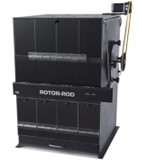
|
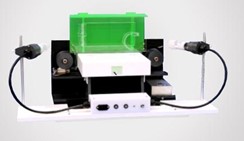
|
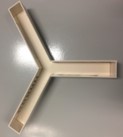
|
|
Rotarod
|
Treadmill
|
Y Maze
|
|
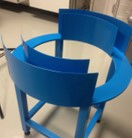
|

|
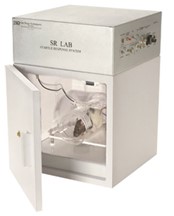
|
|
Zero Maze
|
Fear Conditioning Chamber
|
Prepulse Inhibition Chamber
|
Services
A battery of behavioral assays is available at the core facility and we are constantly working with investigators to design new paradigms that suit their needs. A summary of the regularly requested tests is as follows:
|
Sensory/Motor
|
Anxiety/Depression
|
Cognition
|
|
Grip Strength
|
Tail Suspension
|
Novel Object Recognition
|
|
Rotorod
|
Zero Maze
|
Social Transmission of Food Preference
|
|
Open Field Activity
|
Light / Dark Box
|
Y-Maze Spontaneous Alternation
|
|
Startle Sensitivity
|
|
Social Interaction
|
|
Prepulse Inhibition
|
|
Contextual/Cued Fear Conditioning
|
|
Runway Gait Test
|
|
|
|
Treadmill Gait Test
|
|
|
|
Balance Beam
|
|
|
|
Runway
|
|
|